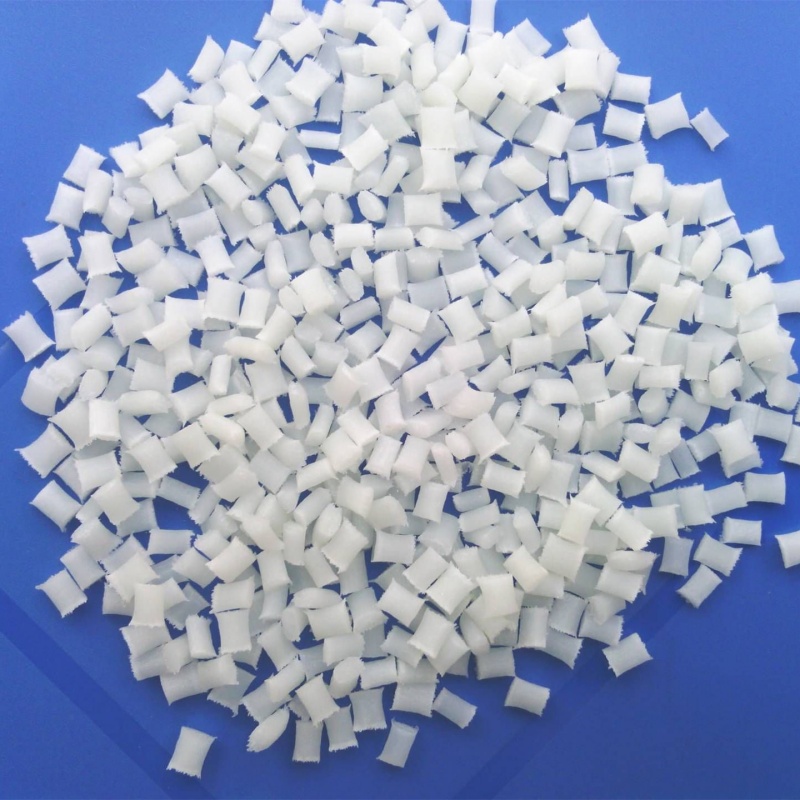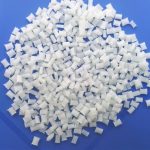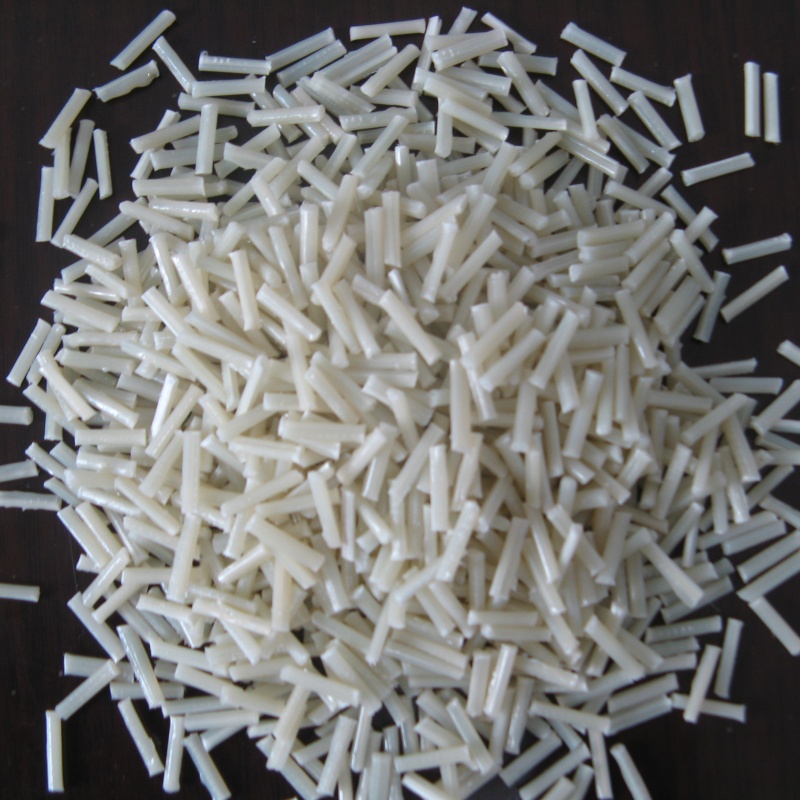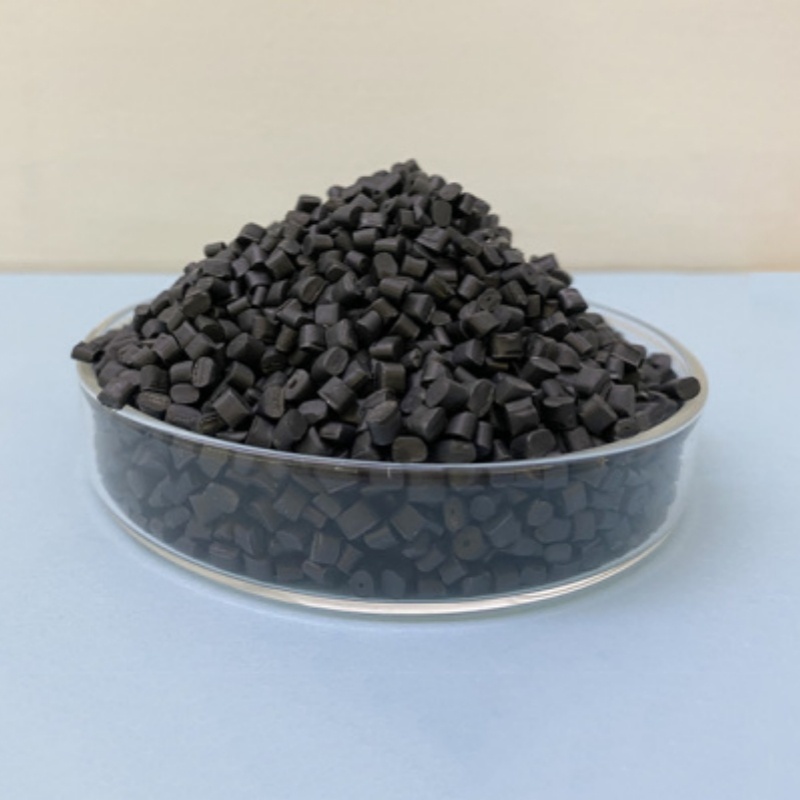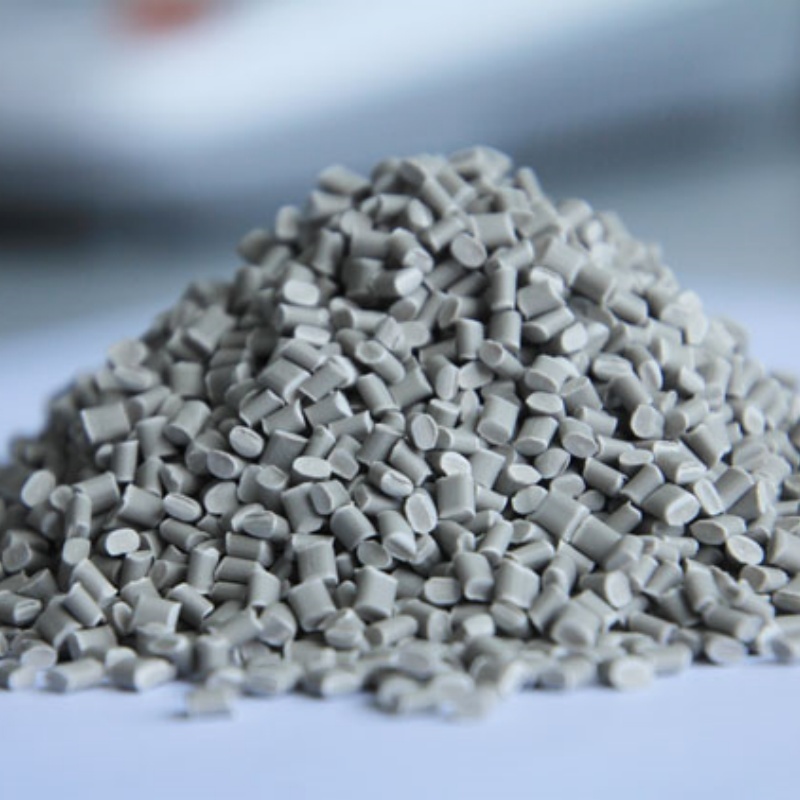PA6 + 50GF (Glass Fiber Reinforced Nylon 6) provides optimized mechanical strength, superior impact resistance, and enhanced thermal stability. Designed for automotive components, industrial applications, and structural parts, it ensures long-term durability, lightweight efficiency, and high adaptability.
Product Overview
PA6 + 50GF is a composite material made from a base of polyamide 6 (Nylon 6) and 50% glass fiber reinforcement. This combination offers the excellent properties of Nylon 6 along with the high strength of glass fiber, making it ideal for applications that require high mechanical load-bearing capacity and wear resistance. The material has exceptional tensile strength and rigidity, and its low thermal expansion coefficient makes it suitable for structural components.
Key Features
- High Strength and Rigidity: With 50% glass fiber reinforcement, PA6 + 50GF delivers outstanding mechanical performance, especially in high-load and high-stress environments.
- Excellent Heat Resistance: The material retains stable physical properties at higher temperatures, making it suitable for use in hot environments.
- Wear Resistance and Durability: Its excellent wear resistance and anti-aging properties extend the lifespan of components.
- Low Thermal Expansion: The low thermal expansion coefficient ensures stability in environments with significant temperature fluctuations.
Applications
- Mechanical Components: Used to manufacture high-strength mechanical parts, such as gears, bearings, and brackets.
- Automotive Parts: Widely used in the automotive industry for engine components, transmission systems, and interior/exterior parts.
- Electrical Equipment: Plays a key role in electrical insulation and structural components, especially where high strength and thermal stability are needed.
- Construction and Industrial Applications: Suitable for industrial equipment and building structural parts, particularly in environments requiring heat resistance and high strength.
| Test Properties | Unit | Test Method | Test Condition | Typical Value |
| Physical Properties | ||||
| Density | g/cm³ | ISO 1183 | 23℃, 50%RH | 1.56 |
| Filler Content | % | ISO 1172 | GF50 | |
| Mold Shrinkage | % | ISO 294 | Parallel: 0.15%, Vertical: 0.45% | |
| Mechanical Properties | ||||
| Tensile Strength | MPa | ISO 527 | Type I sample, 50mm/min | 210 |
| Elongation at Break | % | ISO 527 | Type I sample, 50mm/min, Gauge length 50mm | 2.8 |
| Flexural Strength | MPa | ISO 178 | 23℃, 10mm/min | 315 |
| Flexural Modulus | MPa | ISO 178 | 23℃, 10mm/min | 13000 |
| Izod Impact Strength (Notched) | KJ/m² | ISO 180 | 23℃ | 17 |
| Charpy Impact Strength (Unnotched) | KJ/m² | ISO 179 | 23℃ | 90 |
| Thermal Properties | ||||
| Melting Point | ℃ | ISO 11357-1 | 220 | |
| Heat Deflection Temperature (HDT) | ℃ | ISO 75 | 0.45MPa: 219℃, 1.8MPa: 215℃ | |
| Flammability | ||||
| UL Flammability Class | UL-94 | HB | ||
| Glow Wire Ignition Temperature (GWIT) | ℃ | IEC 60695-2-13 | - | |
| Electrical Properties | ||||
| Surface Resistivity | Ω | IEC60093 | 10000000000000 | |
| Volume Resistivity | Ω·cm | IEC60093 | 1000000000000000 |
 new material
new material

